|
|
|
Книги издательства «Oxford University Press»
|
This is an introduction to linguistics, the study of human language. The author provides a succinct but lucid outline of the ways in which language has been defined, described, and explored, and guides readers towards further exploration of their own. |
|
Beginners contains over 100 original, ready-to-use activities for beginners' classes. These include activities for both absolute and false beginners, and a section for use with learners unfamiliar with the Roman alphabet. |
|
This book is for language teachers who want to increase cultural awareness and interaction among their students. The authors define the subject broadly and include activities relating not only to cultural achievements, but also to culturally-influenced beliefs, perceptions, and behaviour. This book is intended for teachers of English as a foreign language. |
|
This work deals with the study of style in language, how styles can be recognized, and their features. It examines how style is used in literary and non-literary texts, and how familiarity with style is a matter of socialization. The author also discusses the relationship between text and discourse, the production and reception of meaning as a dynamic contextualized interaction, the question of perspective and the variable representation of reality, and how stylistics can complement literary criticism. The final chapter deals with social reading and ideological positioning including some thoughts on feminist stylistics and critical discourse analysis. |
|
This book provides an accessible introduction to anyone interested in the history of the English language. It outlines the major issues and terminology used in the field of Historical Linguistics, a required part of most university-level language and linguistics courses, and creates an opening into the field for the new reader. |
|
Phonetics is an essential part of linguistics, as it is through analysing spoken language that linguistic data is collected. This book leads the reader through the main areas of phonetics, including how speech sounds are made and how phoneticians classify them in certain ways, the International Phonetic Alphabet, and how sounds are transmitted from speaker to hearer. |
|
This work gives detailed examples of classrom activities that exploit the language-learning opportunities the Internet offers. They include searching on the Web, evaluating Web pages, creating language learning material and communicating using the Internet. A companion website provides regular updates to the information and ideas in the book. |

|
This volume provides a wide variety of immediately accessible ideas for projects inside and outside the classroom. Fully updated and revised, the text offers projects which have been designed and tested by teachers from all over the world. Activities can be used with a wide range of levels and age groups and need a minimum of preparation. Each is explained in full — the aims, resources, preparation and implementation, and feedback. The projects vary in length between 3 hours and 20 weeks, and they have satisfying outcomes for students to improve their overall communicative ability. The tasks give participants the chance to improve their competence in the four skills as well as in useful areas such as giving presentations, making a video, and producing reports and articles. |
|
This book presents SLA research as a source of specifications for teachers to explore in their own classrooms. The author sees the four main roles of SLA researchers as developing relevant theories, conducting their own classroom research, making research accessible to teachers, and facilitating action research. Each chapter addresses a major issue in the field of SLA and language teaching. |
|
This accessible book examines issues such as test design, the rating process, validity, measurement, and the social dimension of language testing. It looks at both traditional and newer forms of language assessment, and the challenges posed by new views. |
|
Recent second language acquisition research is used here to present a language teaching programme based on the use of prefabricated language. The authors show that the unit of language they term the lexical phrase can serve as an effective basis for both second and foreign language learning. |
|
This book takes a particular perspective on the nature of poetry and follows this through to proposals for teaching. It focuses attention on how the use of language in short poems can set up conditions for individual interpretation and the representation of reality in ways other than those which are established by normal social convention. This view of poetry, it is argued, leads to a recognition of its essential role in education, and provides a set of principles for an approach to teaching it which integrates the study of language and literature. |
|
This book relates language testing practice to current views of communicative language teaching and testing. It builds on the theoretical background expounded in Bachman's Fundamental Considerations in Language Testing and examines the design, planning, and organization of tests. The book is divided into three sections which discuss. — objectives and expectations, the context of language testing, and the abilities to be tested; — the process of test development, including blueprints, resources, operationalization, and scoring methods; — ten examples which illustrate the principles discussed in Parts One and Two. |
|
This book explores the contemporary phenomenon of English as an international language, and sets out to analyse how and why the language has become so dominant. It looks at the spread of English historically, at the role it plays in Third World countries, and at the ideologies transmitted through the English language. |

|
Each book covers a key area of language teaching, followed by examples and discussion of actual classroom materials and techniques. This book uses the characteristics of native-speaker conversation to form the basis of teaching the skills of speaking. |
|
This book develops a rational approach to the teaching of language as communication, based on a careful consideration of the nature of language and of the language user's activities. It will stimulate all language teachers to investigate the ideas that inform their own practice. |
|
A new addition to an established and popular practical series for teachers, Pronunciation provides a rich resource of imaginative techniques and ideas for teaching pronunciation. Unlike other books on the subject, this book examines why learners fail to achieve good pronunciation and seeks a solution in building their confidence through a holistic approach. This concentrates on rhythm, stress, and articulatory settings first: if these are mastered, individual sounds should follow naturally. |
|
Based on a set of four research parameters, this book discusses the development of research questions and hypotheses, naturalistic and experimental research, data collection, and validation of research instruments. Each chapter includes examples and activities. |
|
Professor Stern puts applied linguistics research into its historical and interdisciplinary perspective. He gives an authoritative survey of past developments worldwide and establishes a set of guidelines for the future. There are six parts: Clearing the Ground, Historical Perspectives, Concepts of Language, Concepts of Society, Concepts of Language Learning, and Concepts of Language Teaching. |
|
Learning through creative, cross-curricular tasks. |
|